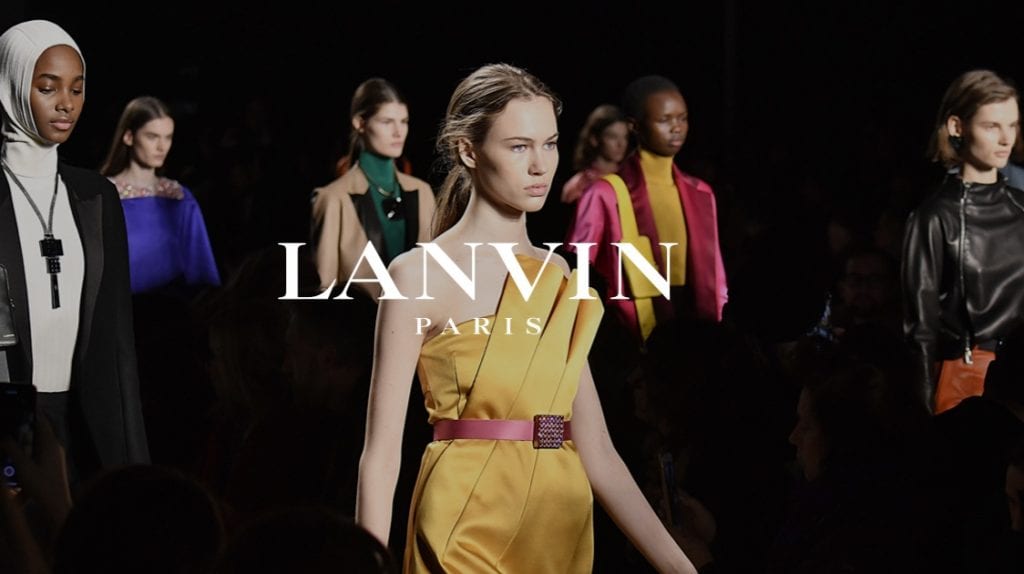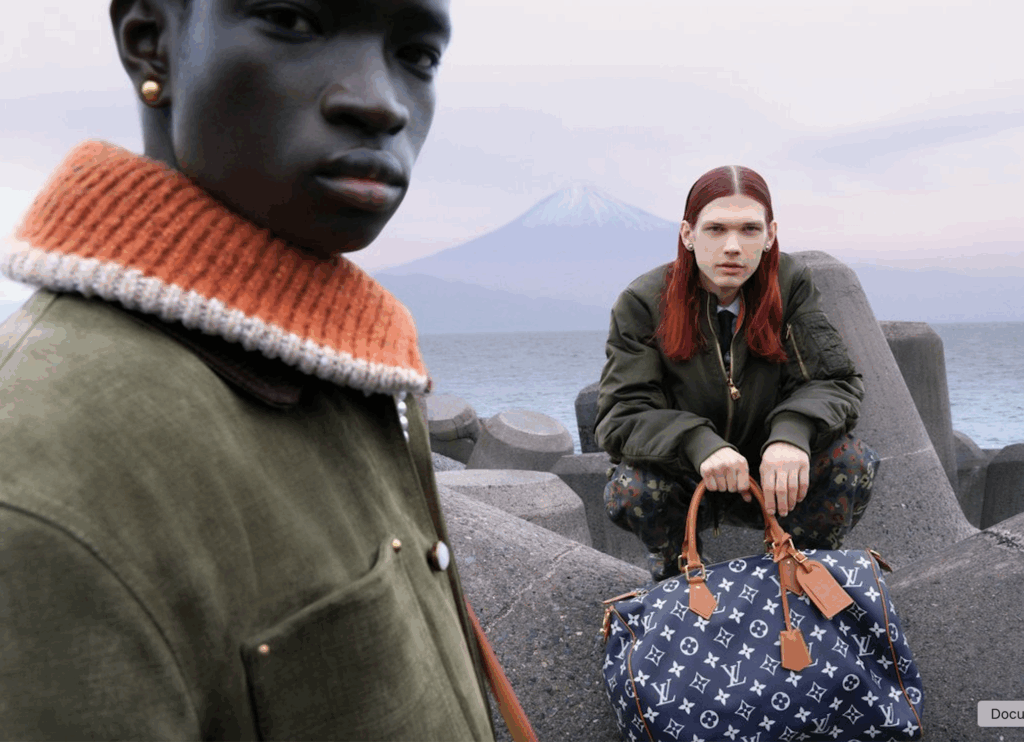Lanvin has been floundering since the ouster of its longtime creative director Alber Elbaz in 2015. Following a relatively brief tenure by Bouchra Jarrar, who departed a mere 16 months after her appointment, and a stint by Olivier Lapidus, who produced just two collections for Lanvin before departing in 2018, the Paris-based house, which is under new ownership and management, has placed its bets on an under-the-radar French designer named Bruno Sialelli.
31-year-old Sialelli made headlines in January when Lanvin, the fashion industry’s oldest couture house, installed him to its helm, where he is overseeing both womenswear and menswear, since the brand’s longtime menswear director Lucas Ossendrijver also left the brand not too long ago.
The announcement of Mr. Sialelli’s appointment came more than 3 months after fashion industry trade publications first began buzzing with the news that Lanvin had been in talks with the relatively little-known creative following his exit from his role as head of menswear at the LVMH Moët Hennessy Louis Vuitton-owned Loewe in either late September or early October 2018.
The delay between Sialelli’s departure from Loewe and the news that he would join Lavin was largely due, according to an array of sources, to extended negotiations with LVMH as to the terms of his non-compete agreement, the contractual provisions that place limits on the types of work an individual may accept for a certain period of time upon departing from a company for the purpose of protecting proprietary intel.
With such deliberations seemingly out of the way, Lanvin appointed Sialelli to its top spot in January and thrusted him into the spotlight shortly thereafter, with the alum of Loewe, Balenciaga, and Paco Rabanne making his debut just a month later with a Fall/Winter 2019 collection during Paris Fashion Week in late February.
Now, on the heels of what was a largely well-reviewed collection, the other (fringe-adorned) shoe has dropped. According to WWD, LVMH is asserting in a French court that Sialelli is running afoul of the terms of his covenant not to compete, which is in effect until the end of May, a whopping four months longer than the designer waited before signing up with Lanvin.
While neither LVMH nor Lanvin have commented on the proceedings, counsel for both parties are expected to appear before the Tribunal de Commerce de Paris on June 14 for a preliminary conference.
The rather-routine inclusion of non-compete provisions in the contracts of highly-ranking fashion figures – which is aimed at ensuring that a brand’s impending designs, marketing strategies, and other trade secret information are shielded from competitors – has proven to be a growingly contentious issues in recent years. Not only are these terms being applied to the contracts of an increasingly large pool of individuals, their durations (at least in Europe) are being drawn out, and the definition of “competitor” is being broadened, as well.
As a result, Betsey Pearce – the behind-the-scenes deal-maker for fashion figures like Nicolas Ghesquière, Rick Owens, and Phoebe Philo – says that many companies’ non-compete terms have been “extended beyond reason,” thereby enabling big brands to “hoard talent by locking in workers who might otherwise move to more attractive positions elsewhere.”
Against this background, the workings of these legal provisions, ones that were almost always dealt with in a behind-the-scenes capacity, are garnering mainstream attention. For instance, just two years ago, former Yves Saint Laurent creative director Hedi Slimane initiated a lawsuit against the Paris-based design house for failing to honor the non-compete in his contract. Slimane argued that upon leaving YSL, the brand did not uphold the clause, along with the corresponding financial element. A French labor court has since ordered YSL to pay him $13 million in connection with the contract terms.
Right around the same time, an ugly battle broke out between rivals Oscar de la Renta and Carolina Herrera over the terms of the non-compete agreement for de la Renta’s current co-creative director (and former Herrera design director), Laura Kim. Before that, Nike waged against 3 high-level creatives who jumped ship to adidas allegedly in violation of their non-compete agreements.
Still yet, it was well known that LVMH is particularly fierce when it comes to drafting and enforcing non-compete provisions. After all, it was an ironclad non-complete that prevented Raf Simons from making a swift transition from his role as creative director of Christian Dior to the top position at Calvin Klein, and former Celine CEO, Marco Gobbetti, from quickly transitioning to the same role at Burberry.














